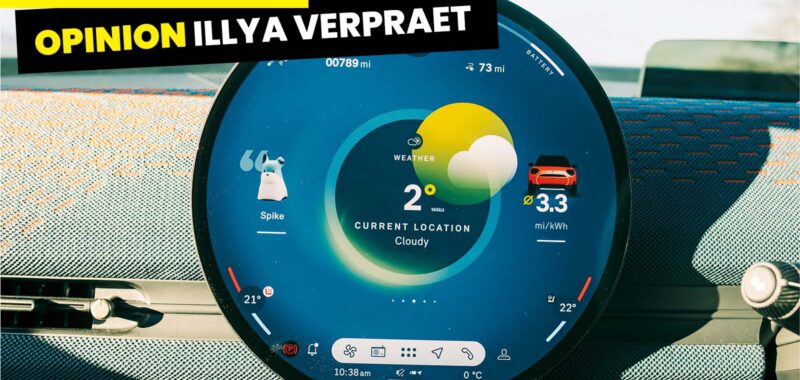Remember those separate single-DIN equaliser units with sliders in ’80s and ’90s cars? What a waste of space those were.
When sensibly implemented, touchscreens can make a limited amount of dashboard space much more useful by giving the driver quick and easy access to a multitude of functions while keeping the peripheral stuff out of sight.
The classic BMW iDrive rotary controller is brilliant for scrolling through menus or zooming in and out on the sat-nav map, so it makes an ideal partner to a well-laid-out screen, but trying to enter an address with it is excruciating.
A touchscreen does that much better. Unlike some, I don’t think touchscreens are inherently dangerous to use in a moving car. Some of them definitely are, and there should also be standards for the response time and reliability of these things, because there’s nothing more distracting than ineffectually prodding at a dead or – possibly worse – nearly dead touchscreen.
But if the hardware can keep up and the menus are sensibly laid out, with big icons, simple graphics and a clear sense of prioritisation that puts important stuff permanently on screen, touchscreens can be great.
Apple CarPlay has been a game-changer, because it lets you safely control music and podcasts. And the dinner-plate touchscreen in new Minis, for all its faults, is a great reinvention of an old styling cue and feels like an extension of the brand.
Touchscreens are a sort of superpower for interior designers. But in the same way that Spider-Man falls off the odd roof in his early days and is occasionally tempted to use his powers for evil, car makers need to learn to find a balance.

